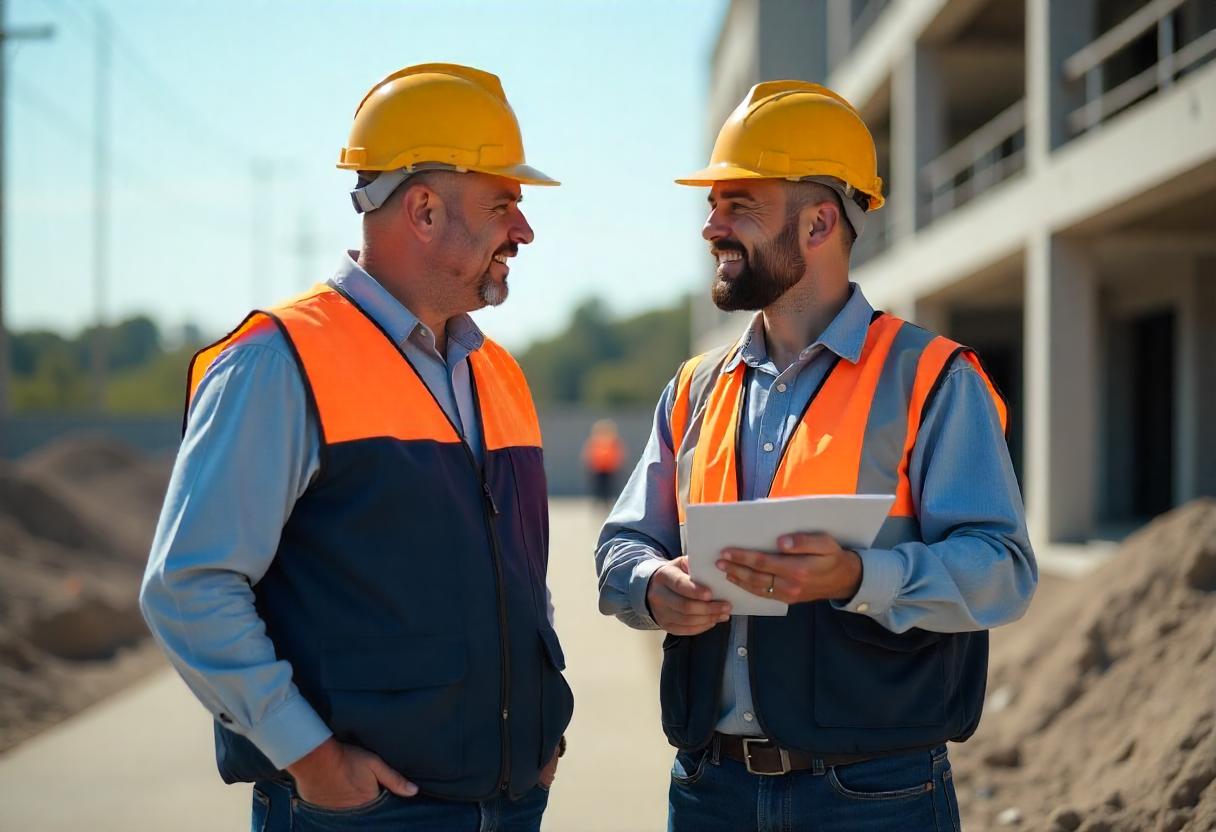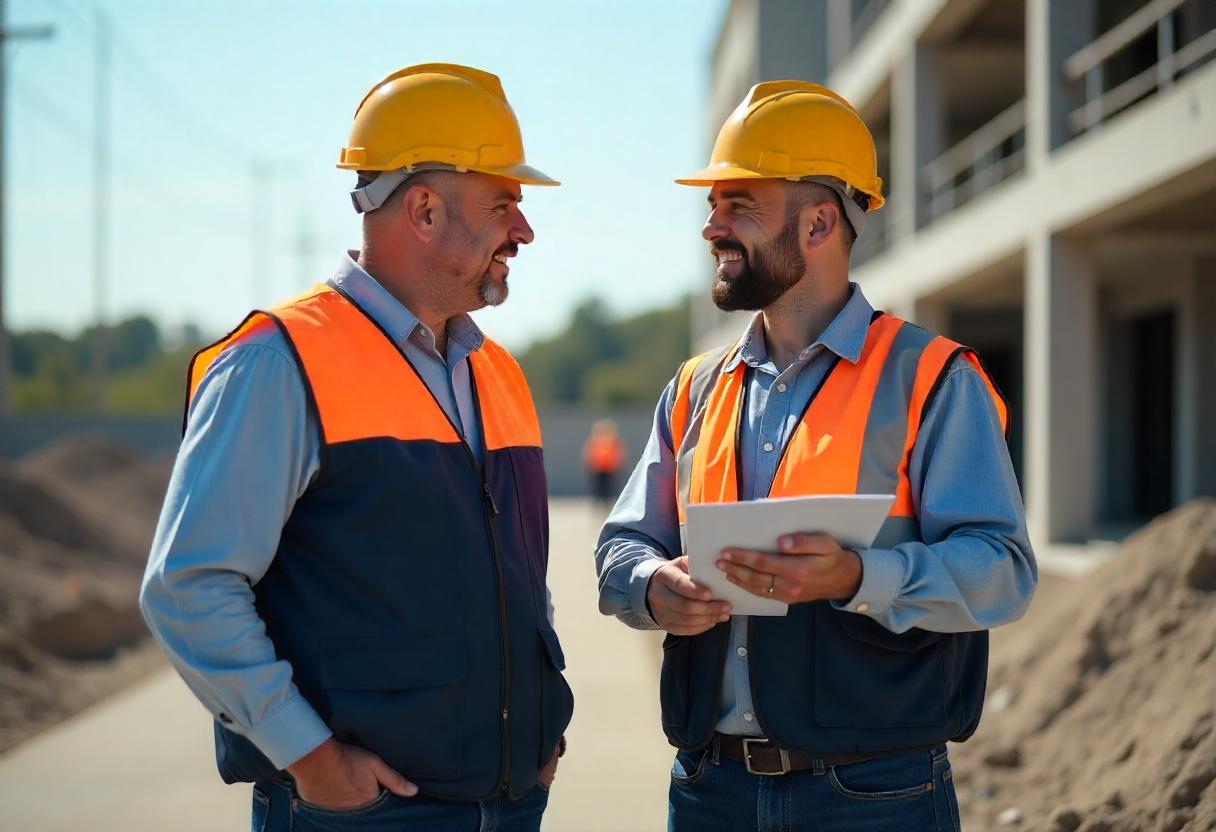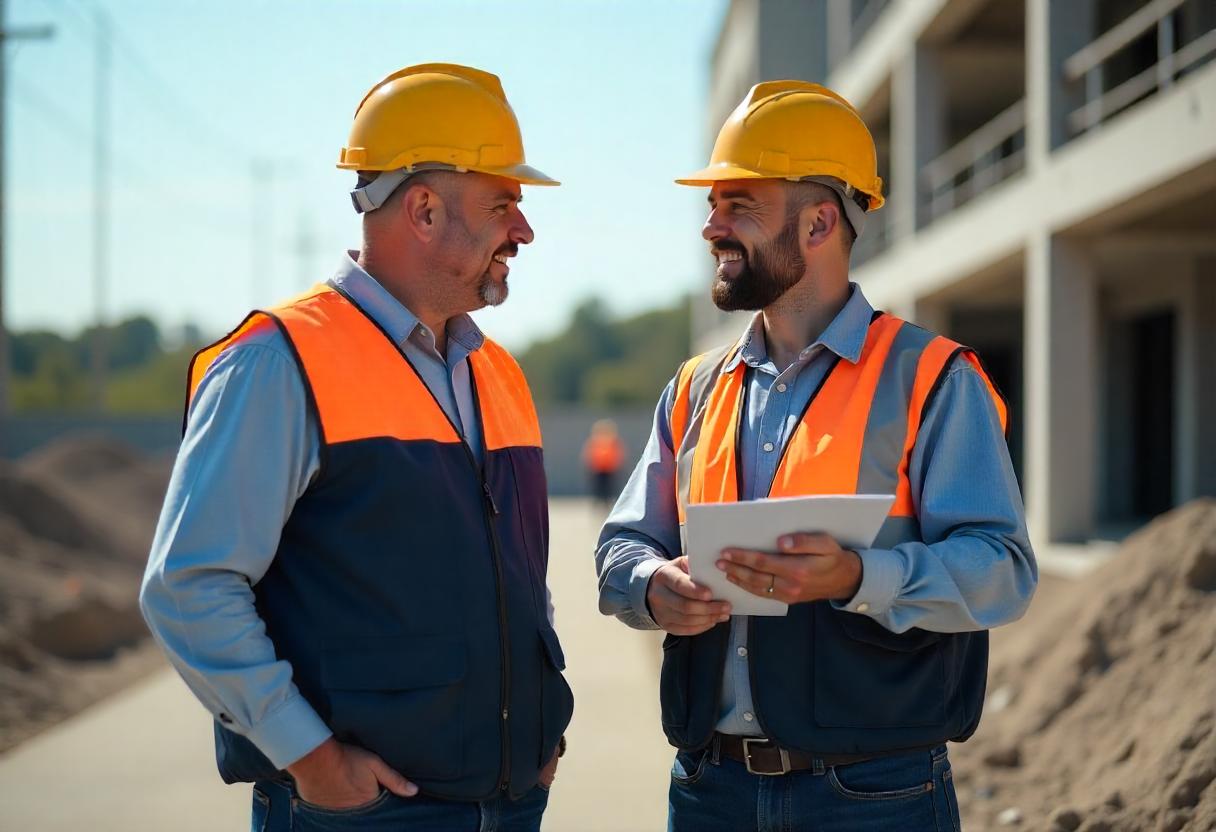 Link Insertions on Real Blogs – Quick Wins for Better Rankings!
Link Insertions on Real Blogs – Quick Wins for Better Rankings!
Coordinating Safely How to Oversee Contractors in Risky Environments
Written by Alex Jason » Updated on: July 07th, 2025 77 views

Managing contractors in risky environments requires careful planning, clear communication, and a solid commitment to safety. Whether the contractors are working in construction, manufacturing, or other hazardous industries, their safety is paramount. As an employer or safety manager, it is your responsibility to ensure that all workers, including contractors, adhere to safety standards.
One effective way to enhance safety management is by ensuring that relevant staff, including those overseeing contractors, are trained through Safety Officer Courses. These courses provide essential knowledge and skills to identify hazards and mitigate risks effectively. In this article, we will walk you through the process of overseeing contractors in high-risk environments and how you can make sure that hazards are minimized.
Understanding the Importance of Contractor Safety
Contractors bring specific skills to the table, often filling roles that require specialized expertise. However, they are often less familiar with your site, culture, and safety practices. This lack of familiarity can lead to potential hazards, and that’s why it’s crucial to manage them properly. A key part of ensuring safety is understanding the types of risks involved in your environment.
High-risk environments can include construction sites, factories, chemical plants, or any place where dangerous machinery or substances are present. It's important that contractors receive a proper briefing and understand their role in maintaining safety. Their work often intersects with your internal staff, which means their actions could directly impact the wellbeing of everyone on-site.
Why Contractor Safety Training is Essential
Proper safety training is the foundation for ensuring contractors can work safely in high-risk environments. Contractors who aren't familiar with site-specific hazards, protocols, and safety gear are more likely to get hurt or cause accidents. To avoid these incidents, employers should require contractors to complete relevant safety courses before they begin work.
For example, let’s take the case of a construction site where contractors are handling electrical wiring. Without proper training, they could cause electrical shocks, fires, or even fatalities. Safety officer courses equip contractors with the skills they need to recognize potential hazards, use safety equipment effectively, and respond to emergencies.
Key Steps to Safely Oversee Contractors in Risky Environments
Successfully managing contractors in a risky environment involves several crucial steps. These steps can help prevent accidents, improve coordination, and ensure the safety of all individuals on-site.
Step 1: Pre-Job Safety Induction
Before a contractor sets foot on the job site, it’s essential to conduct a safety induction. This is an opportunity to go over the hazards present in the environment, the specific safety protocols of your site, and any other relevant rules or procedures. The induction should cover:
Risk assessments for the job site
Emergency procedures, including evacuation plans
The location of first-aid kits and fire extinguishers
How to report safety hazards and accidents
Proper use of personal protective equipment (PPE)
A safety induction is one of the most effective tools for preventing accidents. It helps contractors know exactly what to expect, how to act, and whom to contact in case of an emergency.
Real-Life Example:
At a construction site in Islamabad, a contractor was hired to handle electrical systems but wasn’t given proper safety training before beginning work. During installation, he touched a live wire and was severely shocked. Thankfully, emergency procedures were in place, but this incident could have been avoided with a thorough induction and safety officer courses.
Step 2: Ongoing Supervision and Monitoring
Even though contractors are experienced, ongoing supervision is critical. Supervising contractors regularly ensures that they are following safety procedures and helps identify potential problems before they escalate. Your team should:
Conduct regular site inspections to identify hazards
Observe contractors while they’re working to make sure they’re following safety protocols
Provide feedback and corrective action when necessary
Having a designated safety officer on-site can make a huge difference. Safety officers are trained to identify risks, ensure that all employees (including contractors) are adhering to safety standards, and take action when necessary.
Step 3: Ensure Clear Communication Channels
Communication is key when managing contractors in high-risk environments. There should be no ambiguity regarding safety protocols, responsibilities, or expectations. Contractors need to know how to communicate any issues, report hazards, or ask for help if they need it. A few tips for effective communication include:
Hold regular safety meetings to update contractors on new risks or regulations
Use walkie-talkies or mobile phones to ensure easy communication on-site
Implement a buddy system where workers are paired with experienced individuals who can guide them
Effective communication can significantly reduce risks and ensure a quicker response to potential hazards.
Step 4: Equip Contractors with Proper Safety Gear
Ensuring that contractors are wearing the correct personal protective equipment (PPE) is essential. Depending on the nature of the job, contractors may need:
Helmets and goggles for head and eye protection
Hearing protection for noisy environments
High-visibility vests or clothing
Safety shoes or boots for foot protection
Gloves for hand safety
Investing in quality safety equipment is a small price to pay for the protection of your workers. Make sure contractors are familiar with how to properly wear and use their PPE before starting work.
Step 5: Post-Job Debrief and Feedback
After the job is complete, conduct a post-job debrief to discuss what went well and what could have been done better. This debrief can help you identify any gaps in safety practices and allow you to continuously improve the way contractors are managed. This feedback loop will contribute to a safer environment for future projects.
Safety Officer Courses: The Key to Enhancing Contractor Safety
One of the most effective ways to manage contractors in high-risk environments is to ensure they are properly trained in safety practices. This is where Safety Officer Courses come into play. These courses are designed to teach contractors about risk management, safety protocols, and emergency procedures. They also emphasize the importance of PPE, hazard recognition, and incident reporting.
For contractors working in high-risk environments, completing a Safety Officer Course in Pakistan is an excellent way to ensure that they are adequately prepared to handle the challenges of working in potentially hazardous conditions. The knowledge gained from such courses will help contractors reduce accidents, improve their own safety, and contribute to the overall safety of the workplace.
Step-by-Step Guide to Managing Contractors Safely
Here’s a simple breakdown of the steps involved in managing contractors safely:
Step 1: Ensure Pre-Job Safety Induction
Before starting work, provide contractors with an induction on safety hazards and protocols.
Step 2: Continuous Monitoring and Supervision
Regularly supervise contractors to make sure safety rules are followed.
Step 3: Provide Proper Safety Equipment
Ensure that contractors are equipped with the right safety gear for the job.
Step 4: Keep Communication Clear
Establish clear communication lines for reporting hazards and emergencies.
Step 5: Conduct Post-Job Reviews
Debrief contractors after the job to identify improvements for future work.
Read More: Find the Best Safety Courses in Pakistan Here.
Conclusion
Overseeing contractors in risky environments can be a challenge, but with the right safety practices in place, you can minimize accidents and protect everyone involved. Safety officer courses, clear communication, proper supervision, and the right protective gear are all essential elements of a successful contractor safety program.
By investing in training and safety protocols, you’re not only protecting your workers, but you're also improving the overall productivity and success of the project. Whether it’s through proper inductions, consistent monitoring, or thorough post-job debriefs, every step you take helps create a safer work environment.
For those looking to ensure that their contractors are properly trained in safety measures, enrolling them in Safety Officer Courses in Pakistan can make a significant difference. Don't wait for an accident to happen – take proactive steps to ensure a safer, more efficient workplace today!
Note: IndiBlogHub features both user-submitted and editorial content. We do not verify third-party contributions. Read our Disclaimer and Privacy Policyfor details.
Copyright © 2019-2025 IndiBlogHub.com. All rights reserved. Hosted on DigitalOcean for fast, reliable performance.















